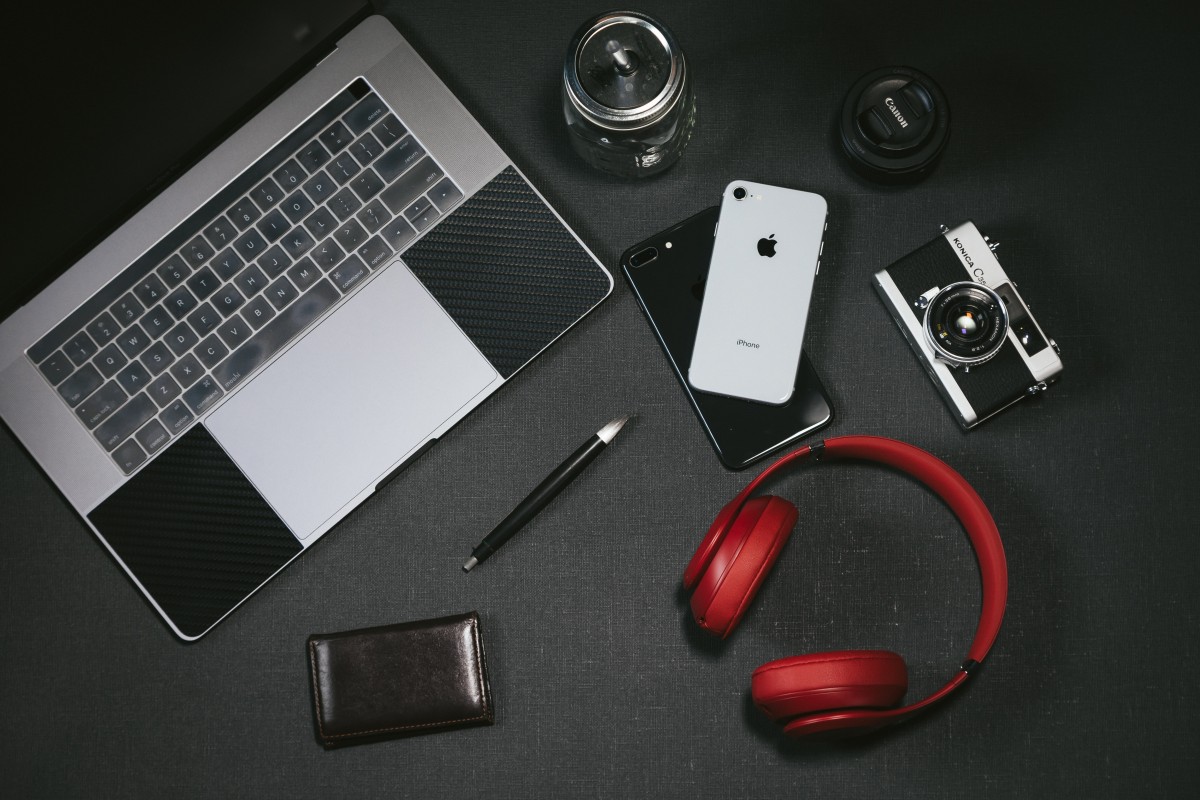You’re at work in your pyjamas, Enjoying the conveniences of your own home and you don’t have any obnoxious coworkers. Setting up an office at home is appealing to many people, but do you know what it entails? Working from home, as appealing as the working conditions can seem, is not without drawbacks. Because of the environment in which you do your job, the home office may be considered a specific type of mobile office or remote work. An employee can potentially operate from anywhere in the world if the technological requirements are correct, as long as they have a secure internet connection.
In today’s world, the idea of working from home is very important. It enables employees to maintain or improve their productivity while also allowing them to spend time with their families or work on personal projects. Work from Home (WFH) may also be a perfect option for helping employees stay at home and work at the same time if they are dealing with a personal or family health problem. Work from Home allowed several companies to stay efficient and relevant in 2020, during the Corona virus (COVID-19) Pandemic.
Now here we will talk about some gadgets to make you more productive during work from home.
Laptops allow you to work from virtually any place, including your home. They’re difficult to beat for having everything you need in one kit. However, as many people are learning, there is a significant difference between improvising for a few hours and using a laptop for eight hours a day, for days or weeks at a time. A few high-end laptops have excellent keyboards and track pads, but for the most part, they are average. It’s great for sending a few e-mails, but what about a whole day of typing and scrolling? Pick up a Bluetooth keyboard and mouse as a favor to yourself. A laptop stand elevates the laptop monitor above the work surface, making it closer to eye level. While it does not seem to be anything, this is a game-changer. A laptop stand, when paired with a wireless keyboard and mouse, comes the closest to simulating a desktop PC experience. The stand also has a convenient “shelf” where you can tuck the keyboard when it’s not in use to save space.
As laptops and smart phones have become common products, and the internet has made it simple to communicate remotely, a growing number of people are opting for a mobile office instead of a conventional 9-to-5 work. Working from home is becoming the new norm as the eight-hour desk work fades away. Despite businesses’ attempts to build stimulating office environments that provide workers with virtually all they need to improve their morale and productivity, this is the case.
These days, tablets are all the rage. They’re stylish, have a fun app store, and are compact. A tablet is around the same price as a low-cost phone. They are not small enough to fit in your pant pocket, considering their slim and light weight. You’ll need to buy a carrying case or purse. You still won’t have access to the same ports as you would on a laptop.
If you’re thinking of getting a tablet, consider the following questions:
Is HDMI needed to link to a projector?
What about USB ports for simple printing?
Will I have to use an Ethernet cable if there isn’t any Wi-Fi?
What applications am I going to use?
Laptops are usually larger and heavier than laptops. When you’re on the move, the extra weight can be cumbersome and inconvenient. However, they make up for their lack of space efficiency with processing power and functionality.
Even if you have a device nearby, a smart phone will serve as a reliable second screen for multitasking. It can also help people break up the monotony of working on a laptop by allowing them to do things like send a fast email or make a video call while playing mobile games, chatting on Whats App, or browsing Instagram.
Companies should allow workers to work from home, but they should also include some guidelines, such as
1. Requesting that an employee work the hours that he or she will normally work in the office
2. Keep a regular work schedule.
3. If personal time is used for personal work, the proper status should be communicated to the boss.
4. Set aside a space at home where you can work in a professional environment.
5. Double-check the internet and telephone access (many companies provide reimbursement policies as well)
6. Stick to a schedule that includes breaks.
Even before the COVID-19 corona virus pandemic, mobile and remote work had become a rapidly growing trend. However, as part of social distancing initiatives, home offices have become even more common in recent weeks, and many analysts expect that work-from-home will become even more common in the future.
